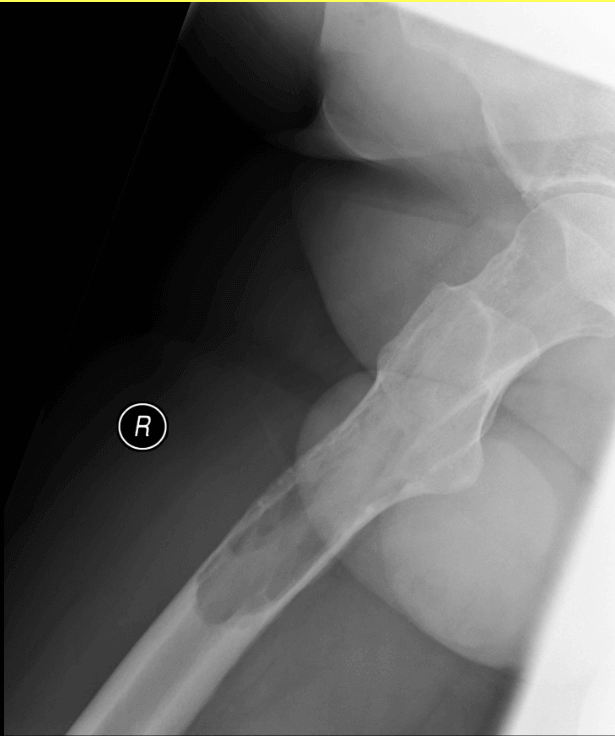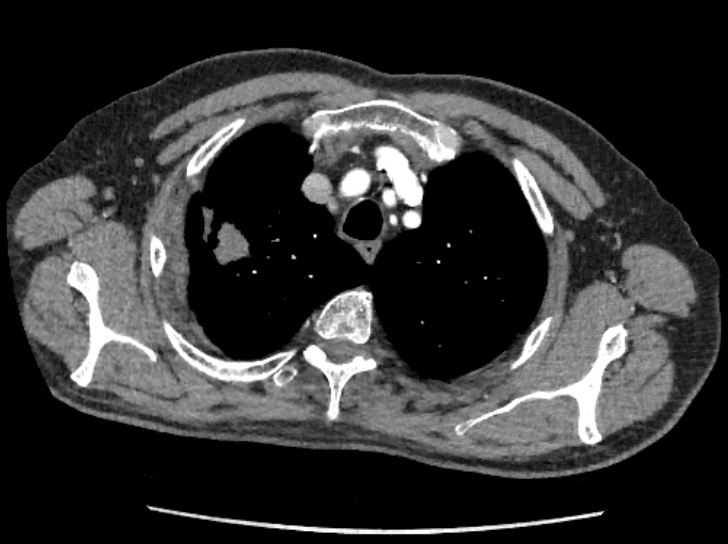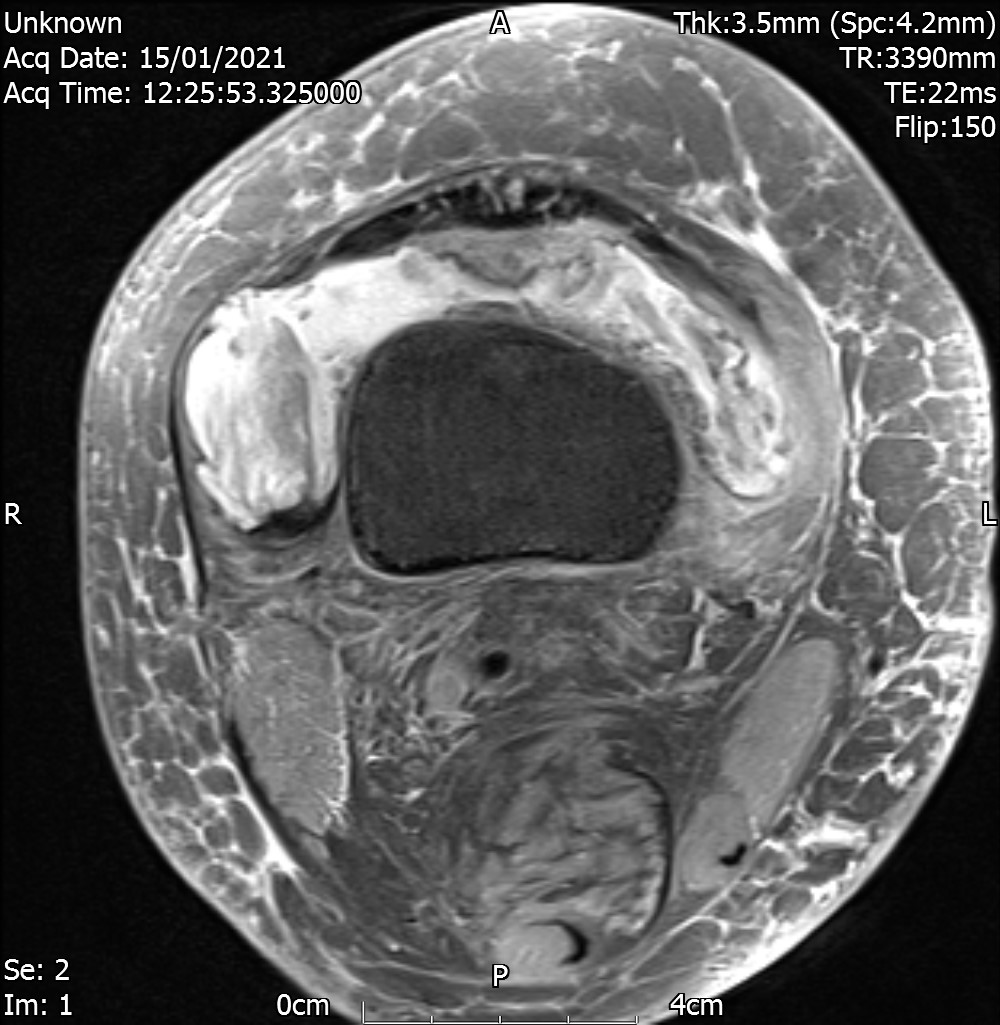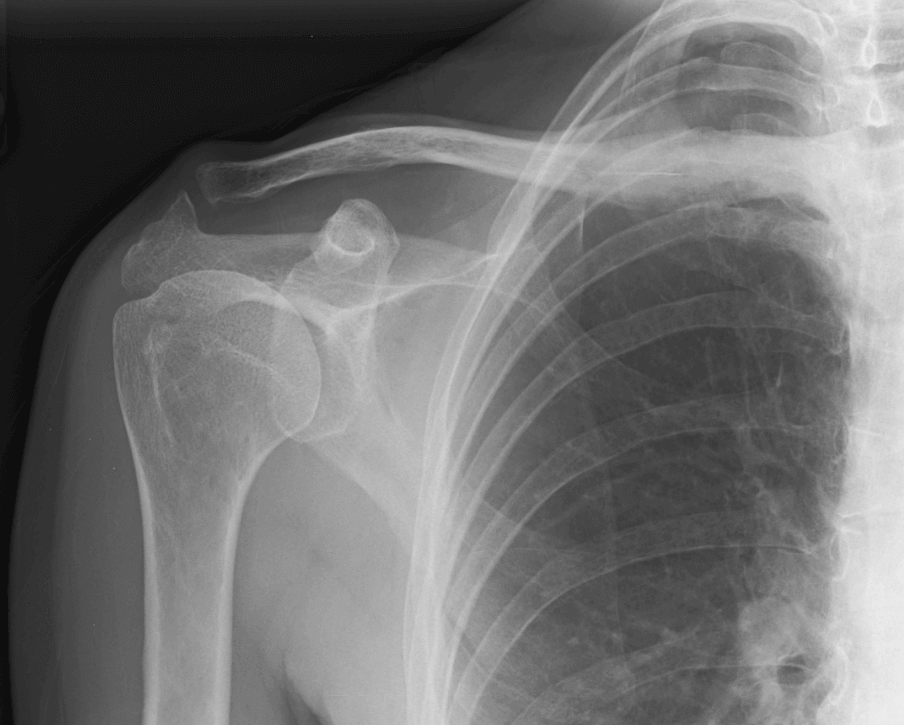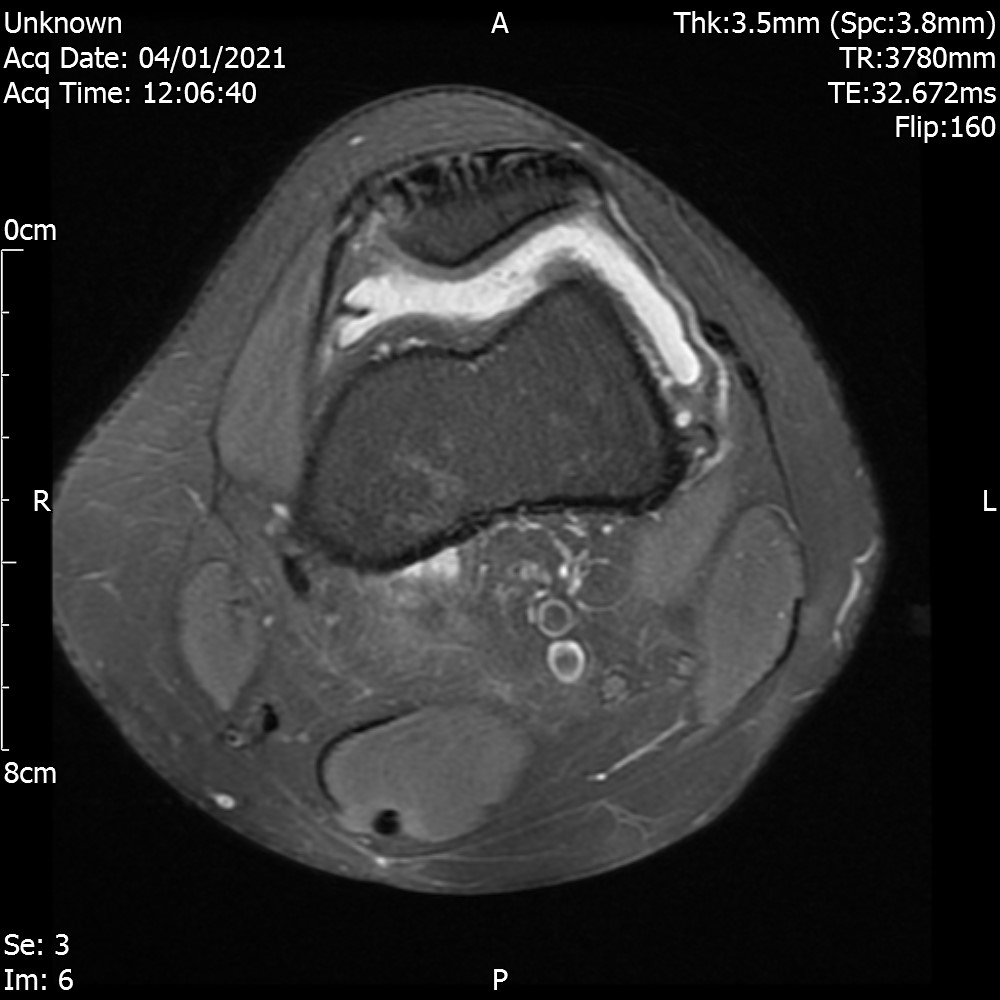The vertebral column is predisposed to mets because the vertebral trabeculae are highly vascular and its venous drainage is contiguous with that of the thoracic and abdominal viscera. Moreover retrograde venous flow allows a variety of tumours to spread to the vertebral body.
Red bone marrow of the vertebral body also provides favourable environment for tumour growth with little barrier to tumour expansion.
- Tumours of the spine can be malignant or benign
- Malignant tumours can be primary or secondary metastases.
- Metastases account for more than 95% of all spinal tumours
Metastatic spread – Route

- Direct extension
- Retrograde venous flow (Bateson’s paravertebral plexus runs from the base of skull to sacrum and receives tributaries from head, neck, breast, retriperitoneum and proximal long bones. It is a low pressure system of thin walled valveless veins. This allows retrograde tumour spread. This explains why mets happen in vertebrae, pelvis, proximal long bones – proximal humerus & proximal femur – and skull.)
- Seeding of tumour emboli via haematogenous route
Primary cancers that most commonly metastasize to the spine are mainly adenocarcinoma. They mainly arise from
- Breast (35%)
- Prostate (30%)
- Lung (10%)
- Kidney (5%)
- Thyroid (2%)
BLKT cancers are osteoclastic causing lytic lesions on radiographs whereas P (prostate) is osteblastic causing sclerotic lesions.
Other cancers like bladder, uterus, colorectal cancers, stomach and malignant melanoma can also metastasize to the bone.
GI cancers typically metastasize to the visceral organs such as liver and lungs before they produce spinal mets.
Basic Investigations
- Blood test
– FBC
– ESR, CRP (to distinguish neoplastic and infectious processes)
– Urea & Electrolytes – raised calcium levels can indicate neoplastic bone process
– Serum & Urine protein electrophoresis – to evaluate likelihood of multiple myeloma or plasmacytoma. - X-ray
- Chest / Abdomen CT
- Bone scan, MRI, Ultrasound (renal)
Primary Benign Tumours of Spine
- Osteochondroma
- Osteoid Osteoma
- Osteoblastoma
- Haemangioma
- Eosinophilic Granuloma
- Giant Cell Tumour
- Aneurysmal Bone Cyst
Primary Malignant Tumours of Spine
- Chondroma
- Osteosarcoma
- Chondrosarcoma
- Ewing’s Sarcoma
- Multiple Myeloma & Solitary Plasmacytoma
